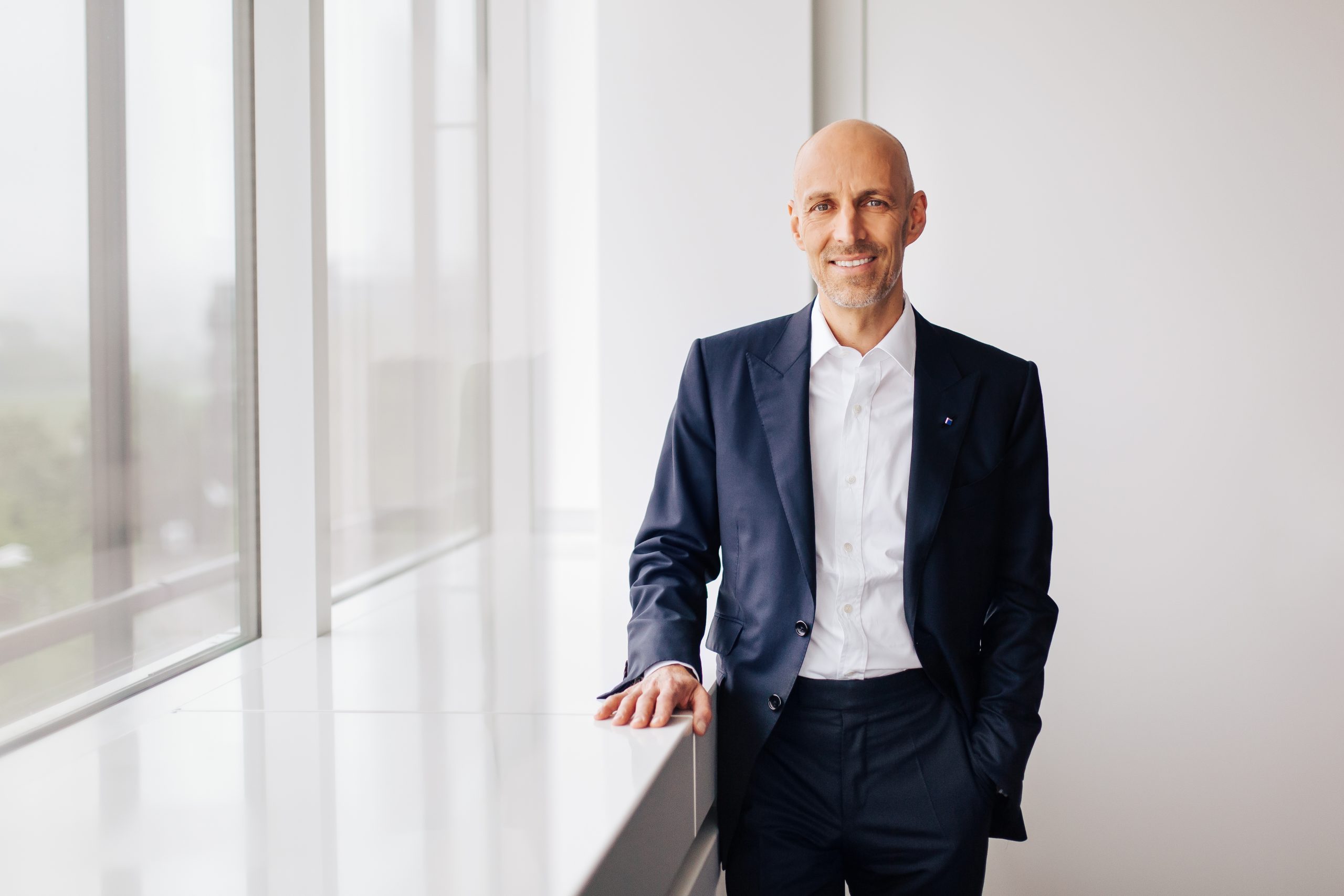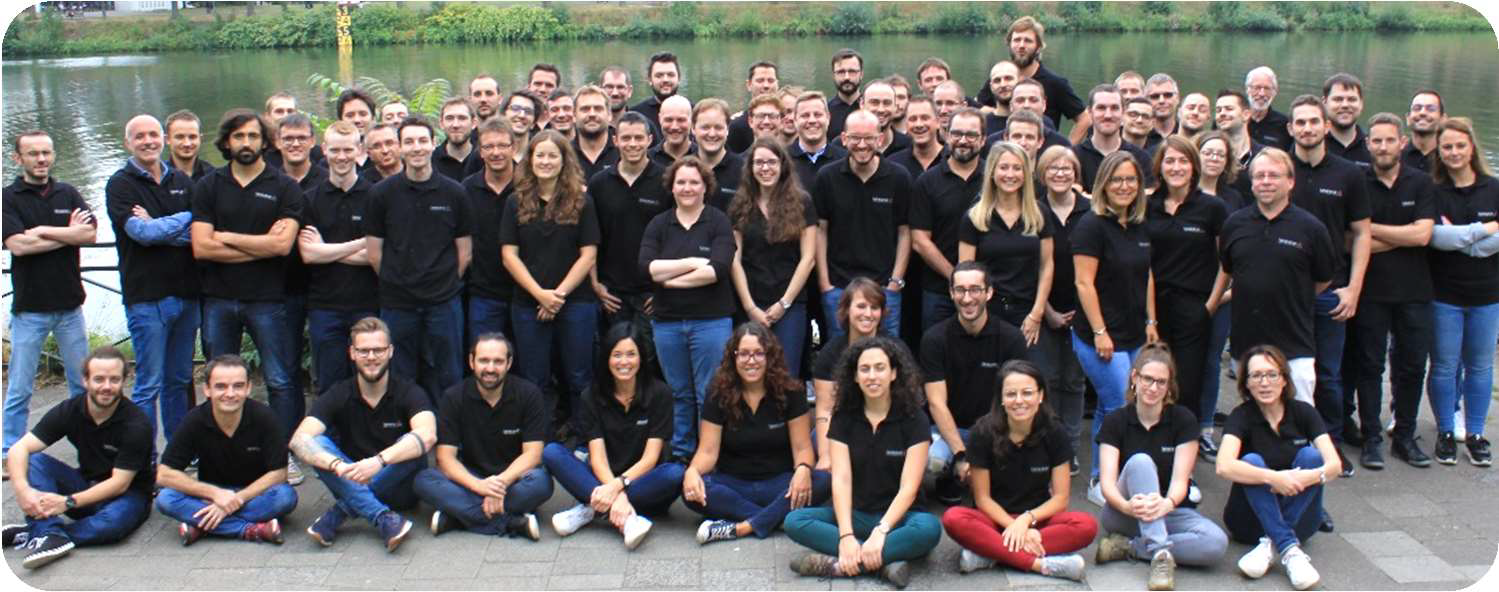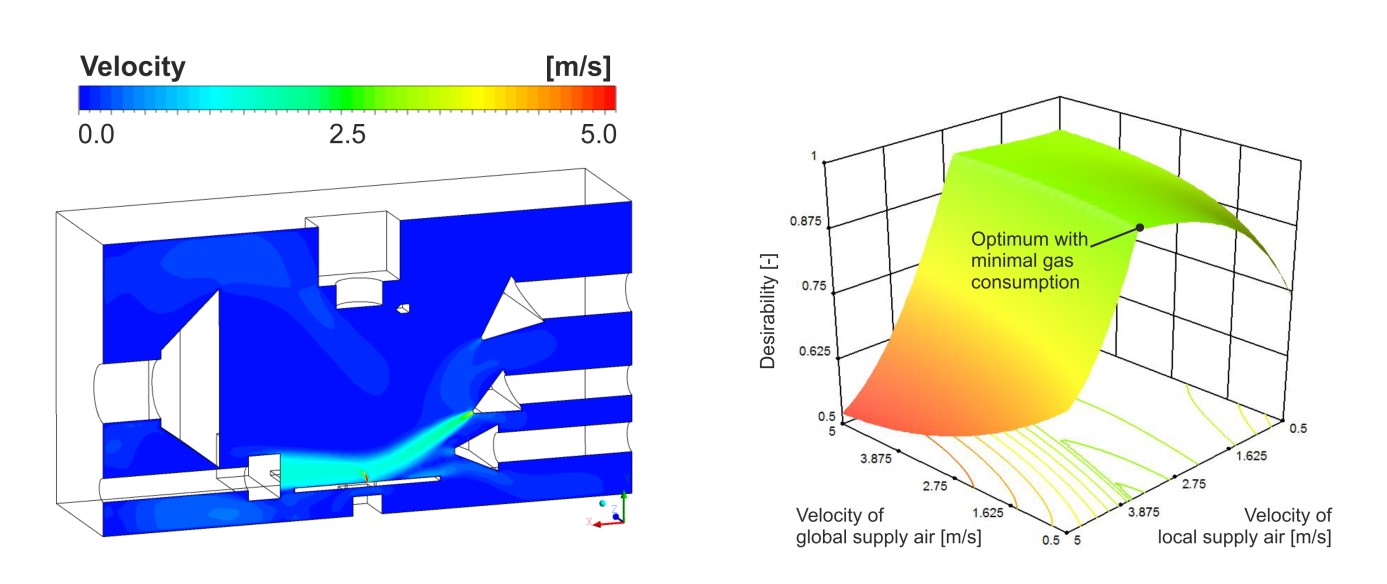FOR IMMEDIATE RELEASE Orlando, FL – October 31, 2023 – The Laser Institute (LIA) is thrilled to announce the recipient of the prestigious Arthur L. Schawlow Award for 2023. This year, the award goes to the esteemed Dr.-Ing. E. h. Peter Leibinger for his outstanding contributions in laser technology, his commercial success, and his accomplishments […]
Uncategorized
The Laser Institute (LIA) Announces Retirement of Executive Director
Orlando, FL – 3/28/23 The Laser Institute, a nonprofit organization that promotes laser safety and education, announced that Dr. Nathaniel Quick has retired from his Executive Director position, effective February 28, 2023. LIA’s President Henrikki Pantsar says, “The organization has been managed by Executive Director Dr. Nat Quick for the past five years, and it […]
The Liège company, LASEA, is raising equity capital of over 6 million euros from its historical shareholders.
Liège, 7/10/2019 – LASEA, one of the world leaders in laser micromachining, has announced it is tripling its equity and entering a new growth phase in its various markets. The current shareholders (Epimède, SRIW, Noshaq and private shareholders) are backing this operation to the tune of 6.1 million euros (first phase) to which will be […]
LIA to Present Jamie J. King with R. James Rockwell, Jr. Award at ILSC 2019
ORLANDO, Fla., March 11, 2019 /PRNewswire-PRWeb/ — The Laser Institute (LIA) will recognize Jamie J. King, Certified Laser Safety Officer (CLSO) for Lawrence Livermore National Laboratory, with the R. James Rockwell, Jr. Educational Achievement Award at the International Laser Safety Conference (ILSC). Awarded biennially since 2005, the R. James Rockwell, Jr. Educational Achievement Award honors individuals with outstanding contributions to laser safety […]
Air Flow Control for Remote Laser Beam Welding
Developers and users of industrial remote laser beam welding applications are often faced with different challenges under the conditions of series production. First, those applications are preferably conducted without any localized gas shielding, and therefore, specific interactions between the laser radiation and the welding fumes are very likely to occur, causing an impairment of the process stability, the reliability and the weld seam quality. Second, welding fume residuals are capable of contaminating workpieces, optical components and other parts of the processing chamber, and they are also able to cause a serious pollution of the cabin atmosphere, because a significant part of the welding fume species is harmful or even toxic and carcinogenic. Each of these points gives a good reason to develop appropriate cabin air flow concepts, but in practice, it is still a challenge to design and optimize the air or gas flow because (i) the conditions of an ideal gas flow regime are uncertain, (ii) different gas flows are able to interact in complex manners, and (iii) it is costly to describe and monitor the gas flow characteristics inside the processing chamber experimentally.









